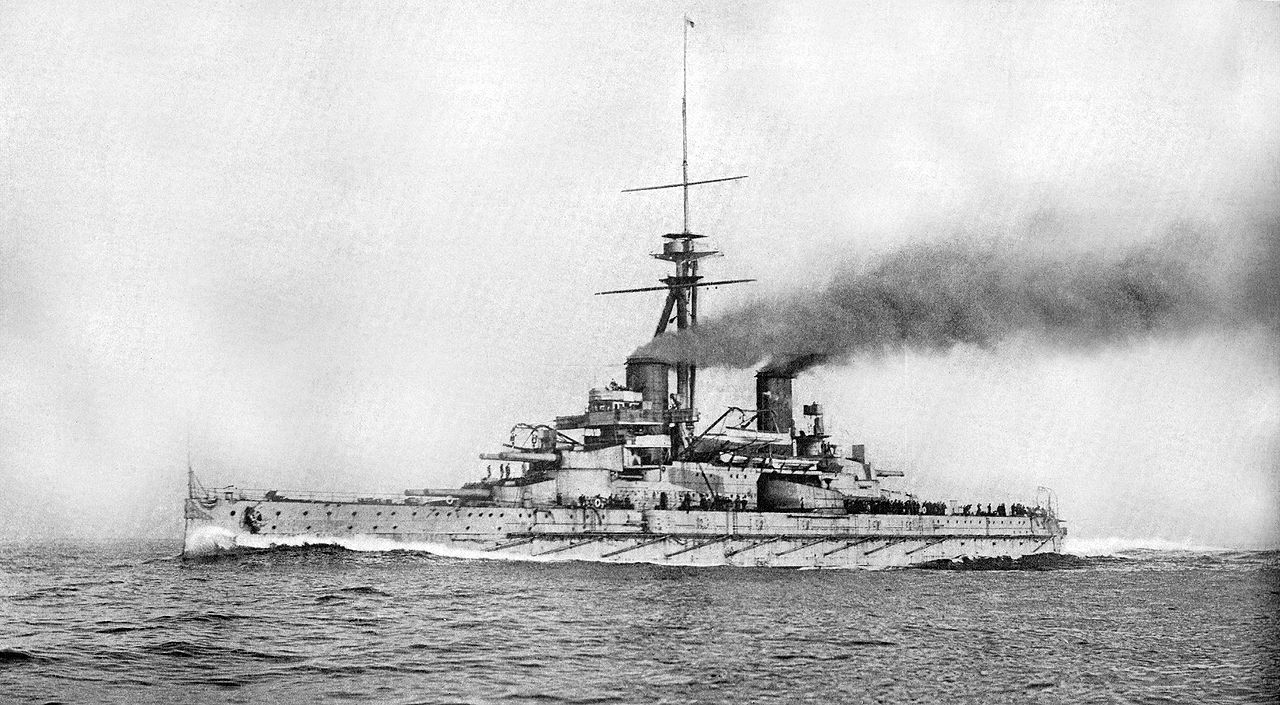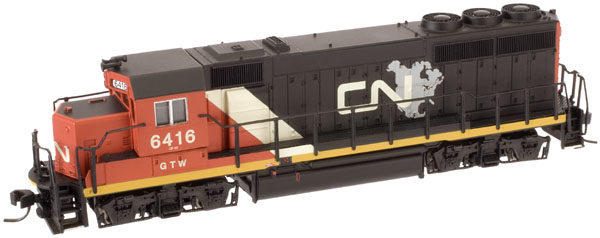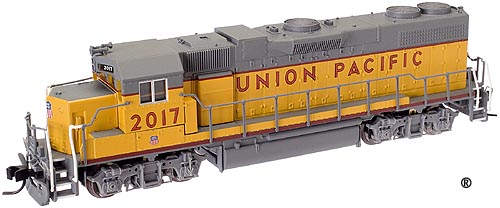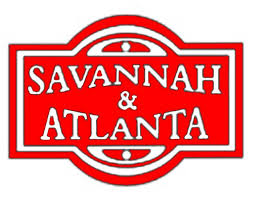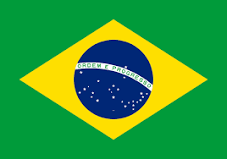History: The Minas Geraes class, spelled Minas Gerais in some sources, consisted of two battleships built for the Brazilian Navy in the early twentieth century. Named Minas Geraes and São Paulo, the ships were intended to be Brazil's first step towards becoming an international power, and they consequently initiated a South American naval arms race.
In 1904, Brazil began a major naval building program that included three small battleships. Designing and ordering the ships took two years, but these plans were scrapped after the revolutionary "dreadnought" concept rendered the Brazilian design obsolete—two dreadnoughts were instead ordered from the United Kingdom, making Brazil the third country to have ships of this type under construction—before traditional powers like Germany, France, or Russia. As such, the ships created much uncertainty among the major countries in the world, many of whom incorrectly speculated the ships were actually destined for a rival nation. Similarly, they also caused much consternation in Argentina and consequently Chile.
Soon after their delivery in 1910, both Minas Geraes and São Paulo were embroiled in the Revolt of the Lash (Revolta da Chibata), in which the crews of four Brazilian ships demanded the abolition of corporal punishment in the navy. The mutineers surrendered after four days, when a bill was passed granting amnesty to all those involved. In 1922, the two battleships were used to help put down a revolt at Fort Copacabana. Two years later, lieutenants on São Paulo mutinied but found little support from other military units, so they sailed to Montevideo, Uruguay, and obtained asylum. Minas Geraes was modernized in the 1930s, but both battleships were too old to participate actively in the Second World War, and instead were employed as harbor defense ships in Salvador and Recife. São Paulo was sold in 1951 to a British shipbreaker, but was lost in a storm north of the Azores while being towed to its final destination. Minas Geraes was sold to an Italian scrapper in 1953 and towed to Genoa the following year.
In 1904, Brazil began a major naval building program that included three small battleships. Designing and ordering the ships took two years, but these plans were scrapped after the revolutionary "dreadnought" concept rendered the Brazilian design obsolete—two dreadnoughts were instead ordered from the United Kingdom, making Brazil the third country to have ships of this type under construction—before traditional powers like Germany, France, or Russia. As such, the ships created much uncertainty among the major countries in the world, many of whom incorrectly speculated the ships were actually destined for a rival nation. Similarly, they also caused much consternation in Argentina and consequently Chile.
Soon after their delivery in 1910, both Minas Geraes and São Paulo were embroiled in the Revolt of the Lash (Revolta da Chibata), in which the crews of four Brazilian ships demanded the abolition of corporal punishment in the navy. The mutineers surrendered after four days, when a bill was passed granting amnesty to all those involved. In 1922, the two battleships were used to help put down a revolt at Fort Copacabana. Two years later, lieutenants on São Paulo mutinied but found little support from other military units, so they sailed to Montevideo, Uruguay, and obtained asylum. Minas Geraes was modernized in the 1930s, but both battleships were too old to participate actively in the Second World War, and instead were employed as harbor defense ships in Salvador and Recife. São Paulo was sold in 1951 to a British shipbreaker, but was lost in a storm north of the Azores while being towed to its final destination. Minas Geraes was sold to an Italian scrapper in 1953 and towed to Genoa the following year.
Type: Battleship
SubType: Dreadnought
Primary Country: Brazil, a vast South American country, stretches from the Amazon Basin in the north to vineyards and massive Iguaçu Falls in the south. Rio de Janeiro, symbolized by its 38m Christ the Redeemer statue atop Mount Corcovado, is famed for its busy Copacabana and Ipanema beaches as well as its enormous, raucous Carnaval festival, featuring parade floats, flamboyant costumes, and samba music and dance.
Item Links: We found: 2 different collections associated with Minas Geraes - Battleship
- Collection Warships: 2 different items.
- Collection War at Sea: 1 different items.
Item created by: gdm on 2019-10-02 08:45:10
If you see errors or missing data in this entry, please feel free to log in and edit it. Anyone with a Gmail account can log in instantly.
If you see errors or missing data in this entry, please feel free to log in and edit it. Anyone with a Gmail account can log in instantly.


